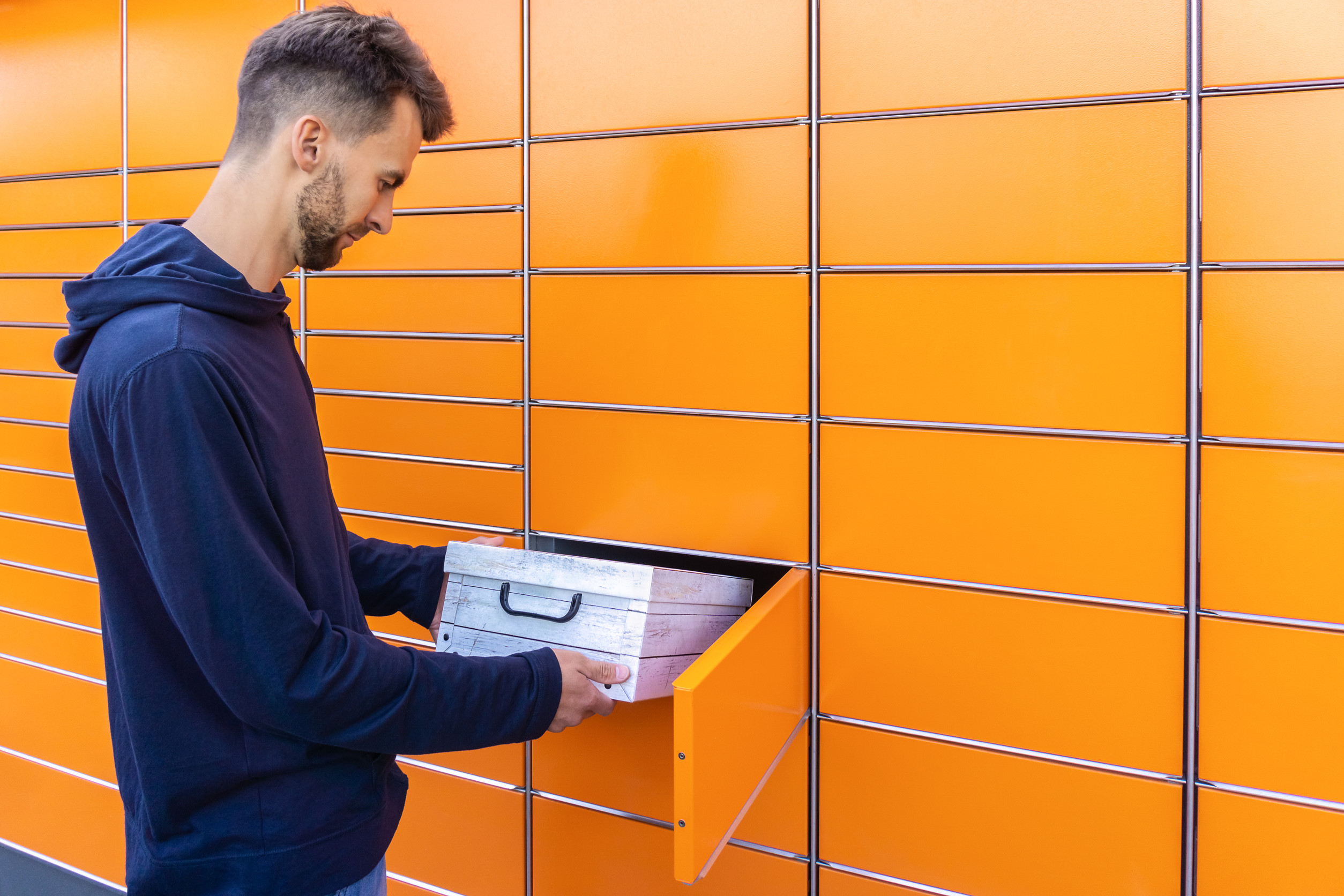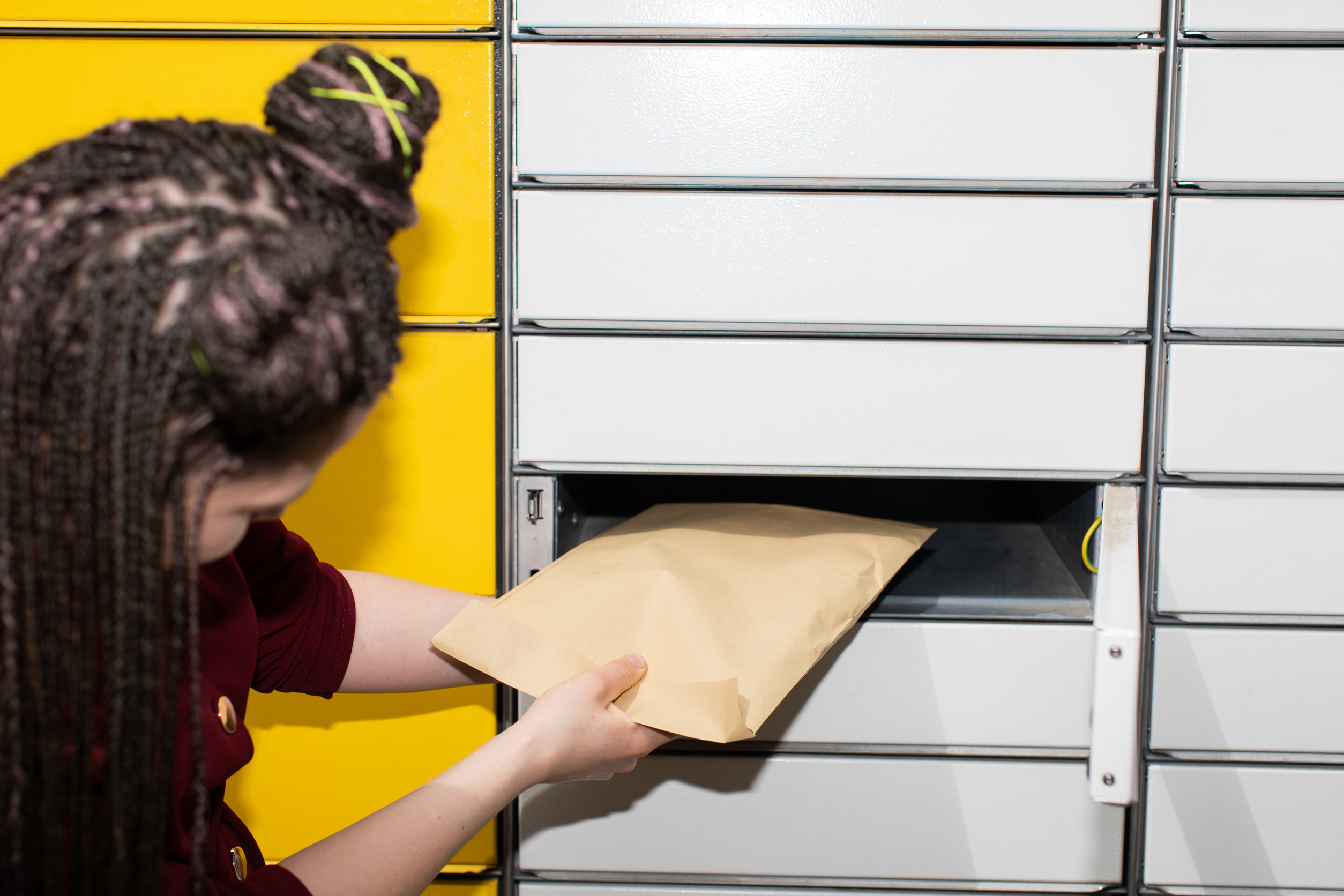In today’s convenience-driven world, package lockers have become a staple in apartment complexes and residential communities. They promise security, ease, and 24/7 access, solving the “missed delivery” problem for millions. But lurking behind the digital keypads and secure compartments is a rising wave of identity theft that’s far more sinister than a stolen pair of shoes.
Thieves have learned how to exploit these smart systems—turning what was once a solution into a vulnerability. And as residents continue to rely on these lockers, many have no idea just how exposed they truly are.
The Rise of Package Lockers in Urban Living
Apartment complexes across the country have embraced package lockers as a standard amenity. These systems are marketed as secure and efficient alternatives to door-to-door drop-offs, which often lead to theft or missed deliveries. With more people shopping online than ever, the volume of packages flowing through these systems is staggering. As a result, the stakes are higher than most residents realize. While they offer convenience, these lockers are now a magnet for tech-savvy criminals.
How Thieves Gain Access to Locked Compartments
Many package locker systems rely on PIN codes or QR codes sent to residents via email or app. If a thief gains access to a resident’s email account—even briefly—they can retrieve these codes and collect the packages. Social engineering tactics, such as phishing emails or spoofed delivery alerts, have become key tools in this process. Some hackers are even breaching the locker management platforms directly, exploiting backend software vulnerabilities. Once inside, they can open any locker remotely, with no need for physical break-ins.
The Types of Packages That Attract Identity Thieves
Identity thieves are not just looking for gadgets or clothing—they’re hunting for personal data. Documents, credit cards, bank statements, and pre-approved financial offers are often left in these lockers. Even a simple utility bill can provide enough information for a criminal to start building a fake profile. Some thieves also intercept replacement driver’s licenses or credit cards mailed to new addresses. Every personal detail they collect gives them more leverage to commit fraud under someone else’s name.
Why Apartment Complexes Are Easy Targets
Most apartment complexes assume the locker system provider is solely responsible for security. This assumption leaves massive gaps in oversight and response times when something goes wrong. Property managers often lack the technical know-how to detect or prevent software-level breaches. Additionally, the sheer number of residents and deliveries makes it hard to notice when something goes missing. These conditions allow identity thieves to operate for weeks or even months before being detected.
The Weaknesses in Locker Notification Systems
The system that alerts residents of a new package often includes critical security gaps. Emails can be intercepted, spoofed, or redirected if the resident’s email has been compromised. Some notifications include personal identifiers or unencrypted access links, making them easy prey for cybercriminals. In some cases, even outdated apps tied to locker systems leave residents exposed to tracking or snooping. The longer these systems go without proper updates, the easier it is for attackers to slip through undetected.
Fake Delivery Workers and Impersonation Tactics
Criminals have also been known to impersonate delivery drivers or maintenance staff to gain physical access to the lockers. Wearing a uniform and carrying a clipboard can be enough to fool staff or residents into granting access. Once inside the locker area, it’s not hard for someone to tamper with compartments or install discreet skimming devices. These impersonators sometimes loiter in locker rooms waiting for unattended packages to claim. Their tactics are low-tech but highly effective.
The Role of Poor Digital Hygiene Among Residents
A surprising number of identity theft incidents trace back to simple user errors. Residents who use the same password across multiple accounts or click on suspicious links become easy targets. Many don’t enable two-factor authentication, even when it’s available. Some also share locker access codes with roommates or friends, creating multiple points of vulnerability. These small lapses collectively open the door for larger breaches.
What Happens After the Theft
Once a thief has the package, the real damage begins behind the scenes. Using the information inside, they may open fraudulent bank accounts, apply for loans, or reroute other mail. Victims often don’t notice until they’re denied credit or contacted by debt collectors. By then, the trail is cold, and recovering stolen identities becomes a time-consuming battle. For some, the emotional toll is just as severe as the financial one.
Why Law Enforcement Struggles to Respond
Package locker identity theft is a gray area in many jurisdictions. Because the theft is often digital or hinges on impersonation, it falls between traditional burglary and cybercrime. Local police departments may lack the resources or technical skills to investigate thoroughly. In some cases, property management companies are reluctant to report incidents, fearing liability or reputational damage. Without consistent documentation, these crimes frequently go unpunished.
The False Sense of Security Provided by Technology
Many residents believe the digital nature of package lockers makes them inherently secure. But like all tech, they are only as strong as their weakest point—usually human error or outdated software. Relying solely on automation without human oversight creates blind spots. Complexes rarely conduct audits or track patterns of suspicious activity. This overconfidence allows sophisticated thieves to exploit the system with little resistance.
How Tech Companies Are Responding (Or Not)
Some locker system providers have issued patches and security updates, but adoption is slow. Smaller properties often lag behind due to budget constraints or lack of awareness. Other providers deny vulnerabilities exist, deflecting blame to the end users or delivery carriers. Without regulatory pressure, few companies are motivated to overhaul their security protocols. This inaction leaves millions of residents in a prolonged state of risk.
What Residents Can Do to Protect Themselves
While systemic change is needed, individuals can still take precautions. Using strong, unique passwords and enabling multi-factor authentication can protect access to delivery notifications. Monitoring credit reports and setting up identity alerts adds another layer of defense. Residents should also report suspicious activity, even if nothing was stolen. Staying informed and cautious is the best short-term strategy until broader reforms are in place.
The Hidden Threat in Your Mailroom
Package lockers were built to solve a problem, but they’ve now introduced one few people are prepared for. Identity thieves are evolving faster than the systems designed to keep them out. Until both tech providers and property managers step up, residents remain vulnerable in the very places meant to protect their deliveries. The convenience of unattended pickups comes at a cost—one that’s measured in stolen identities and shattered trust.
Have you or someone you know had a locker theft experience? Share your thoughts or stories in the comments below.
Read More
How Skimmers Are Now Being Installed on ATM Card Eject Slots
The Last Person You’d Suspect: Who’s Likely Stealing Your Money at Home


